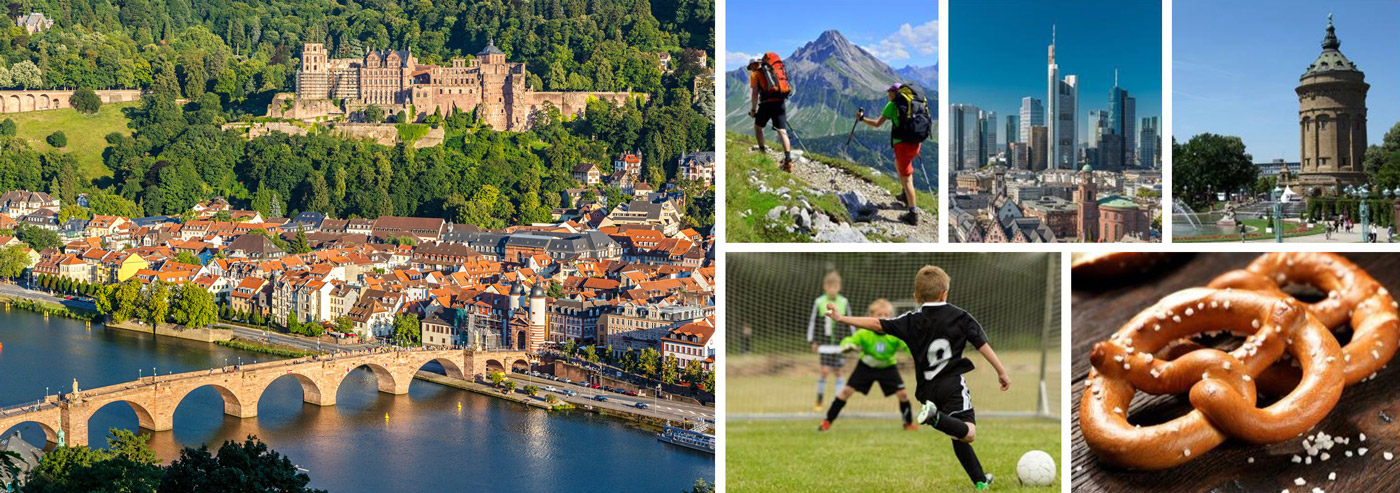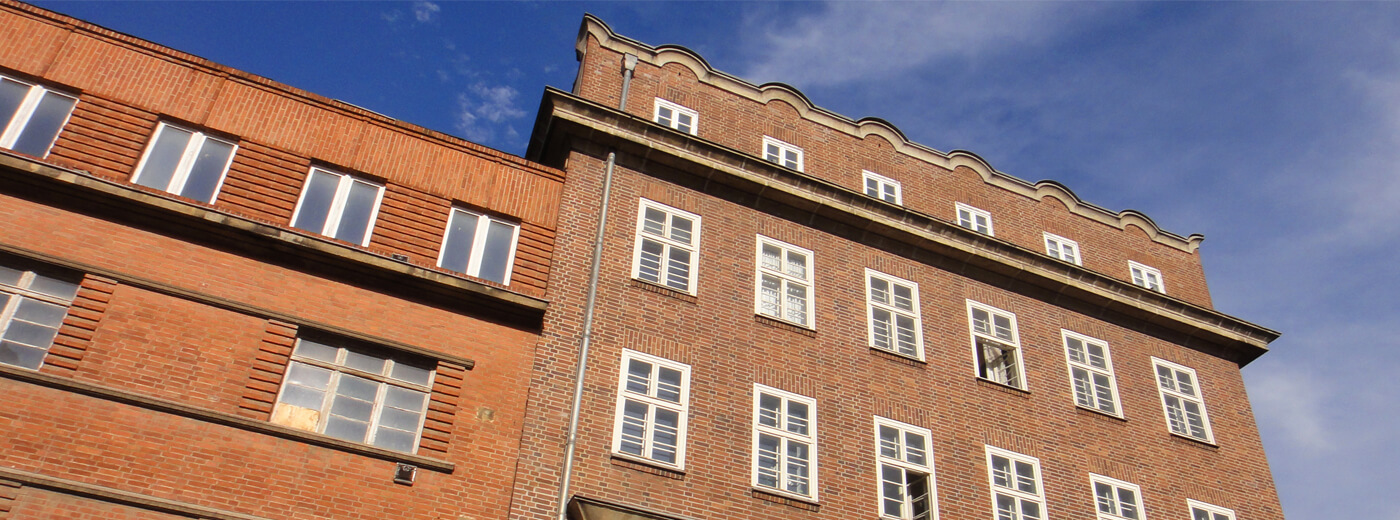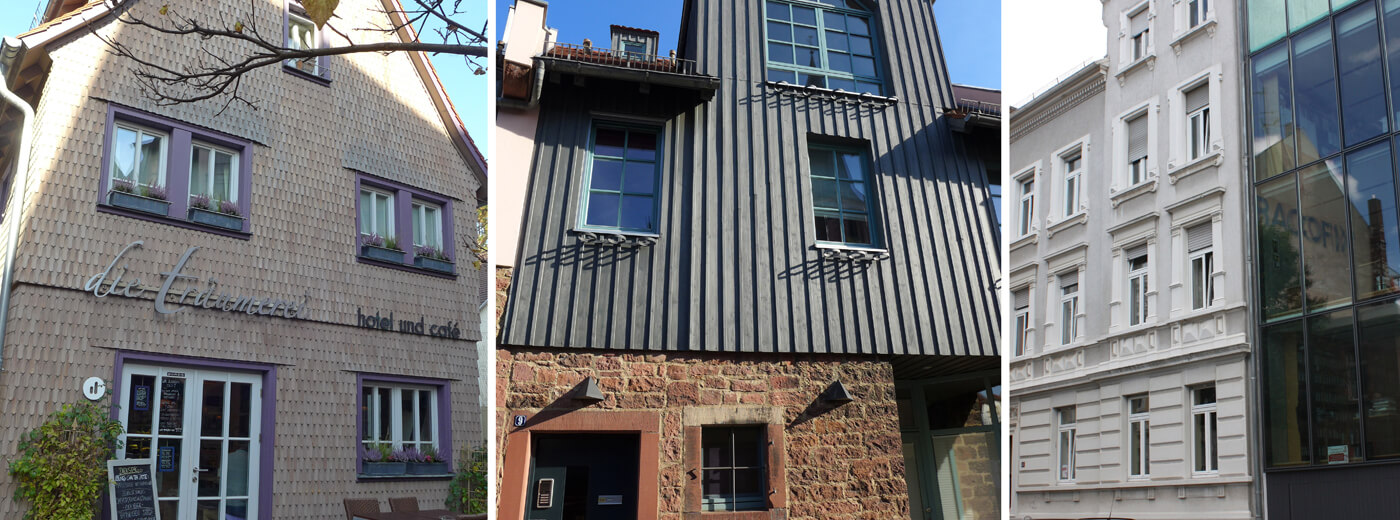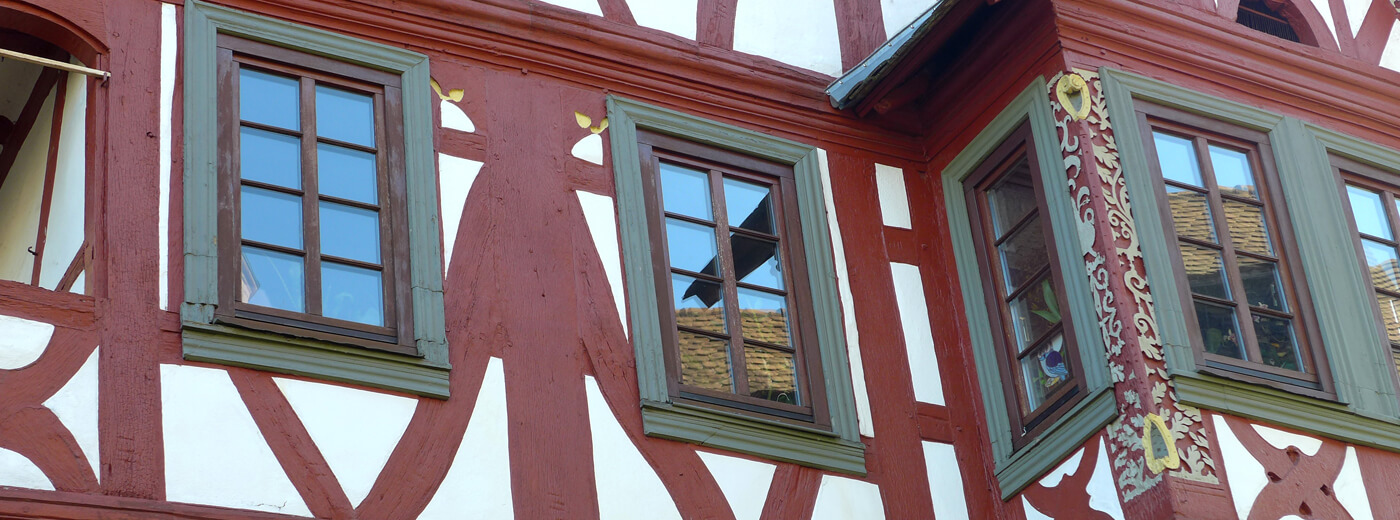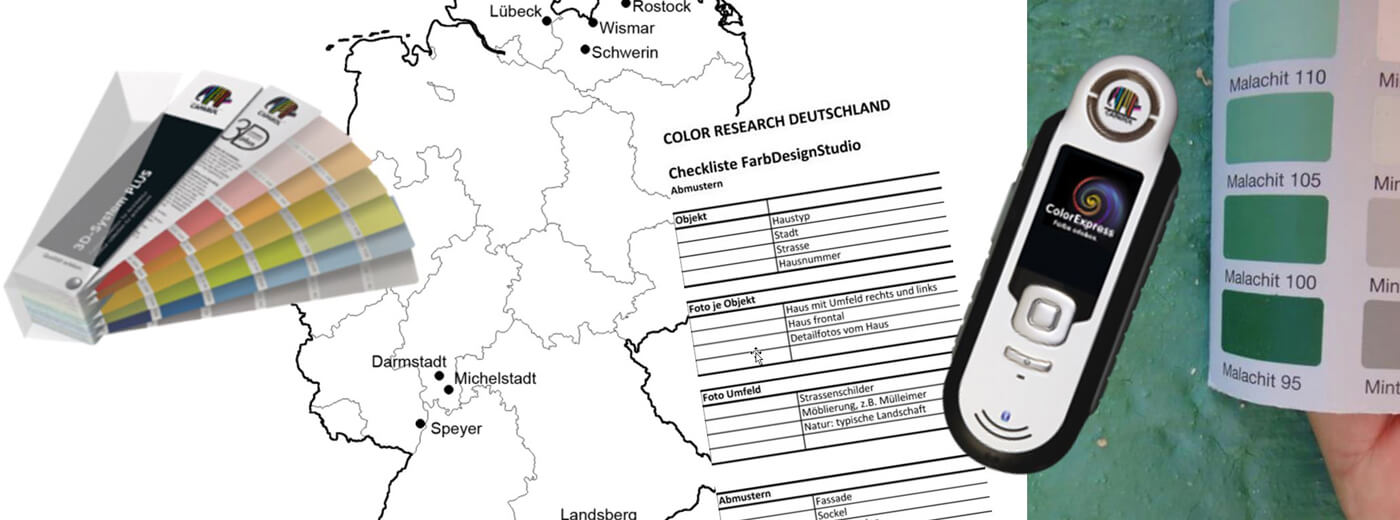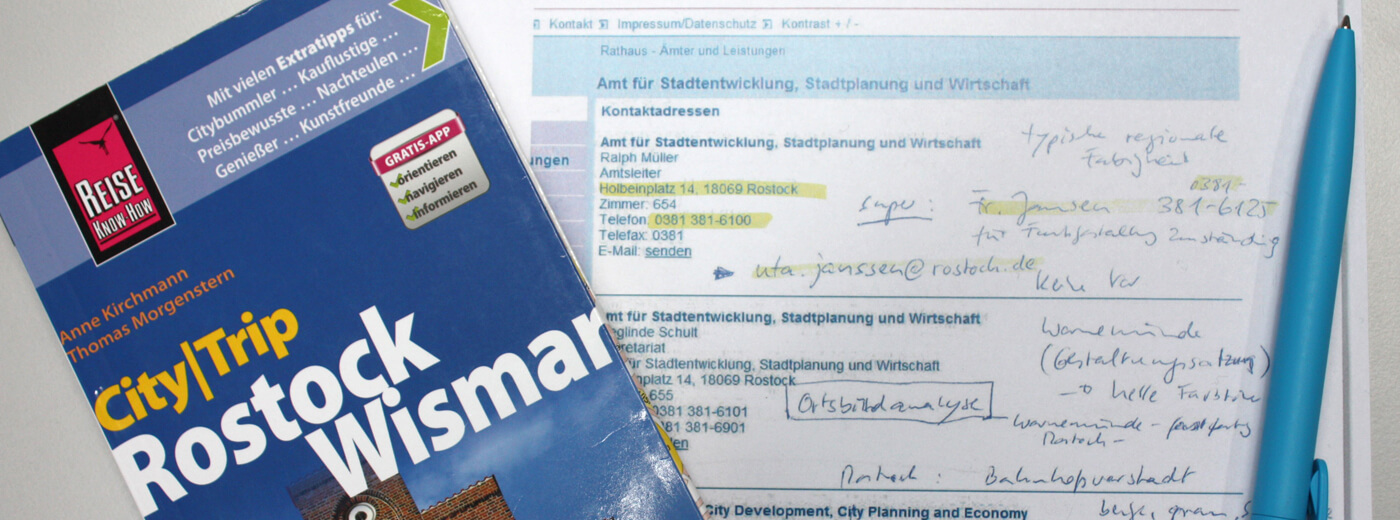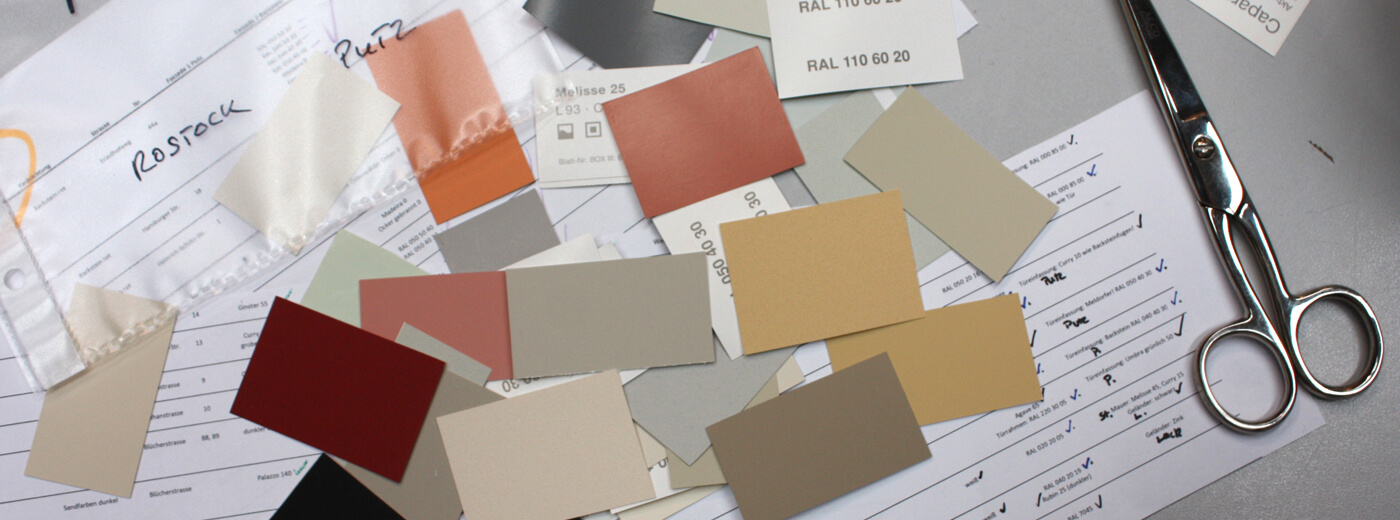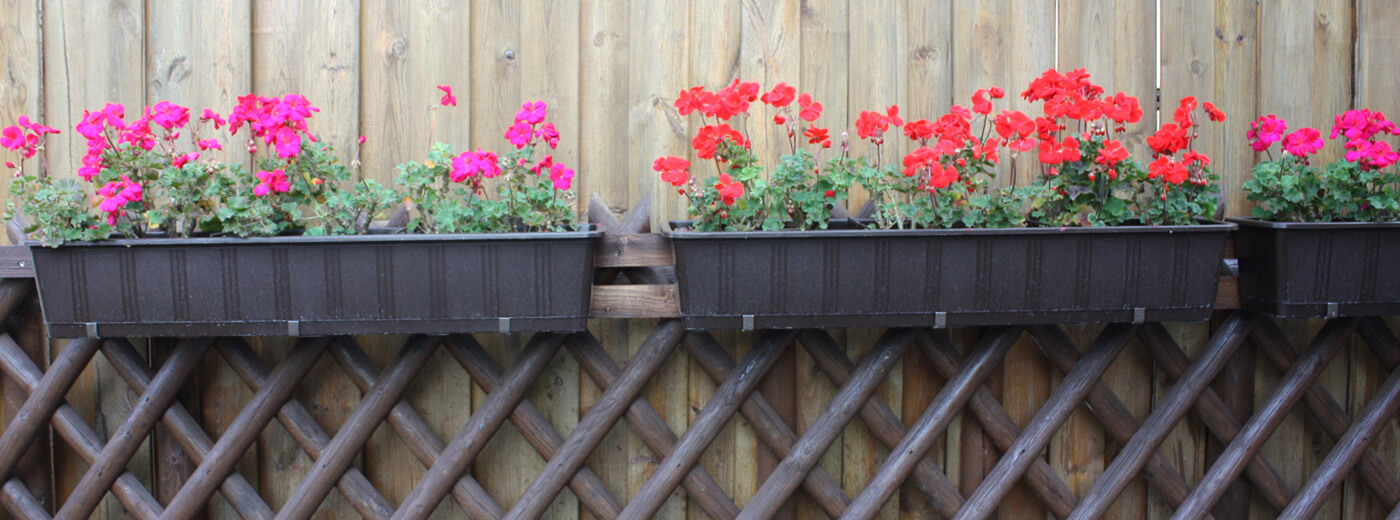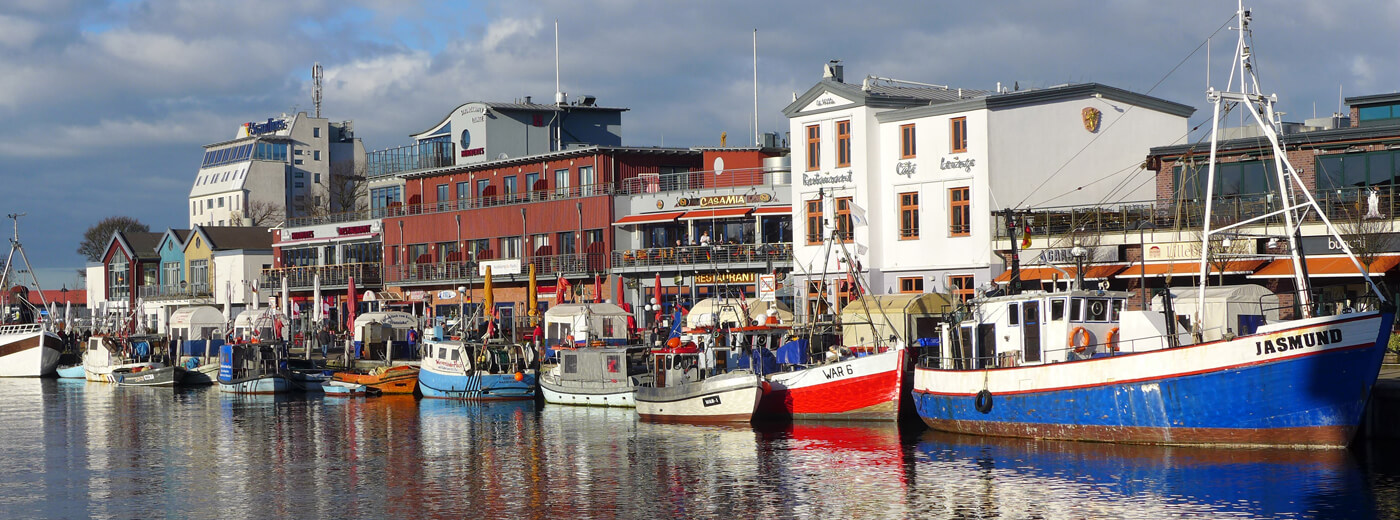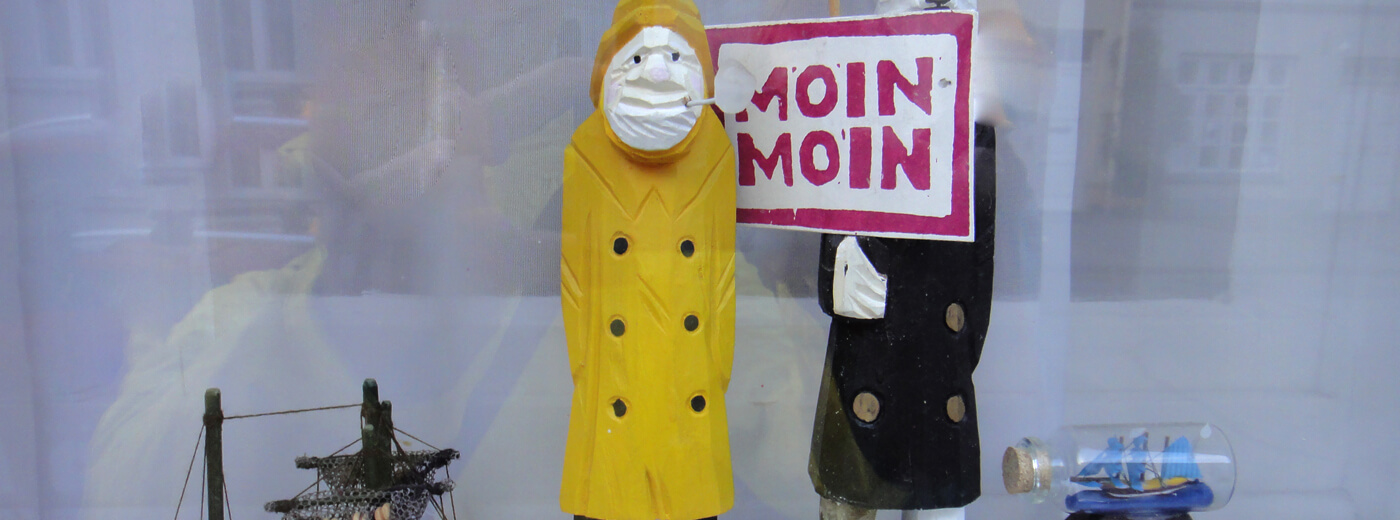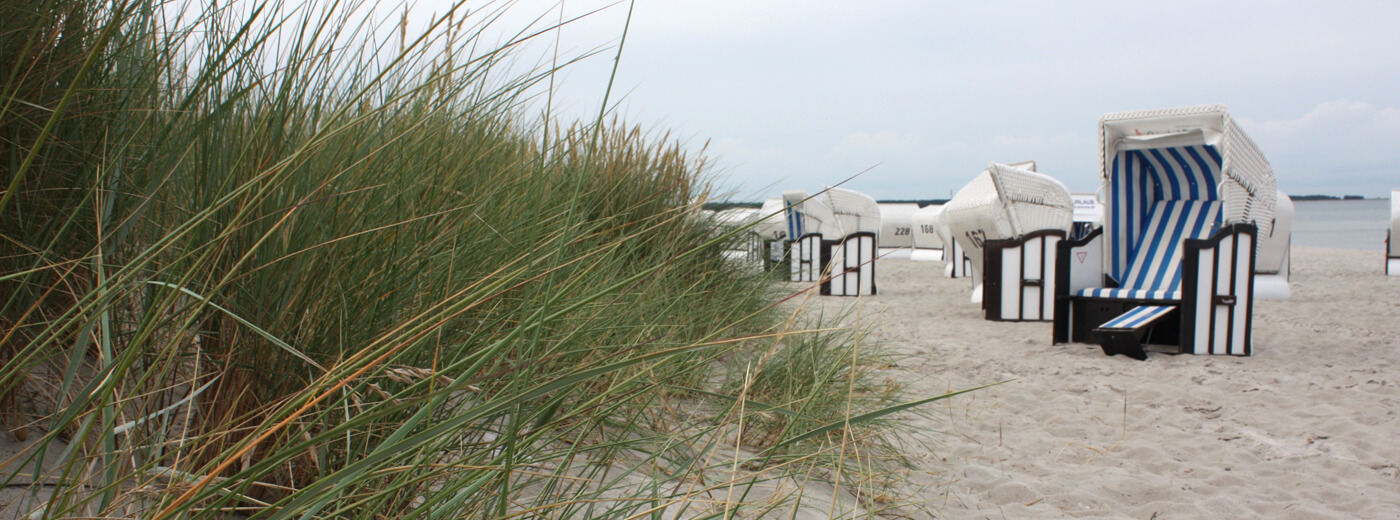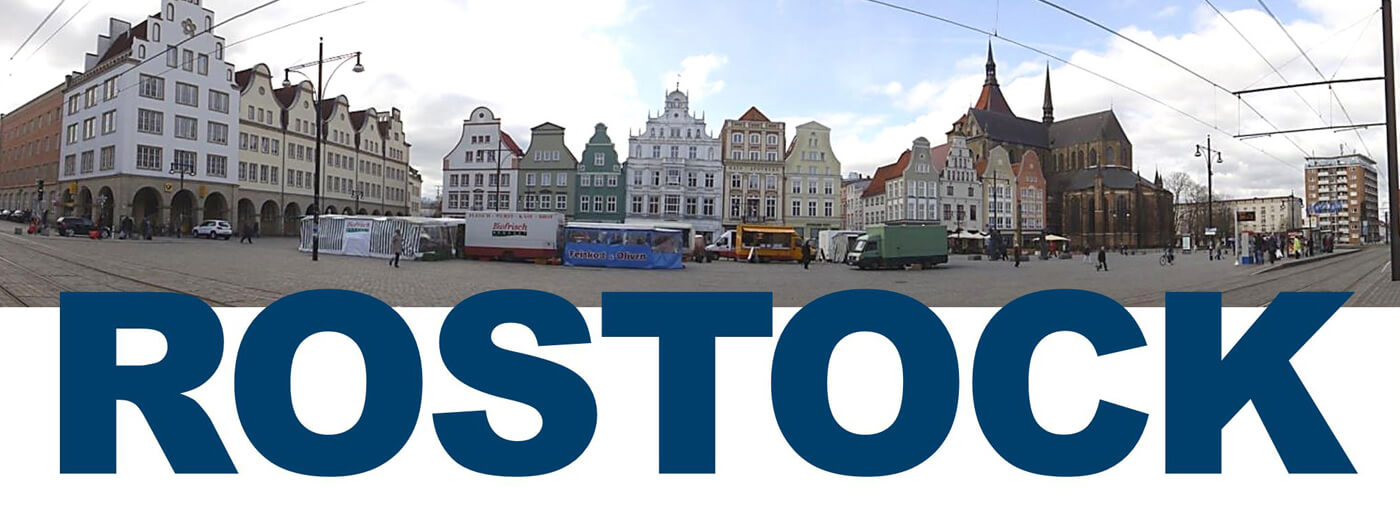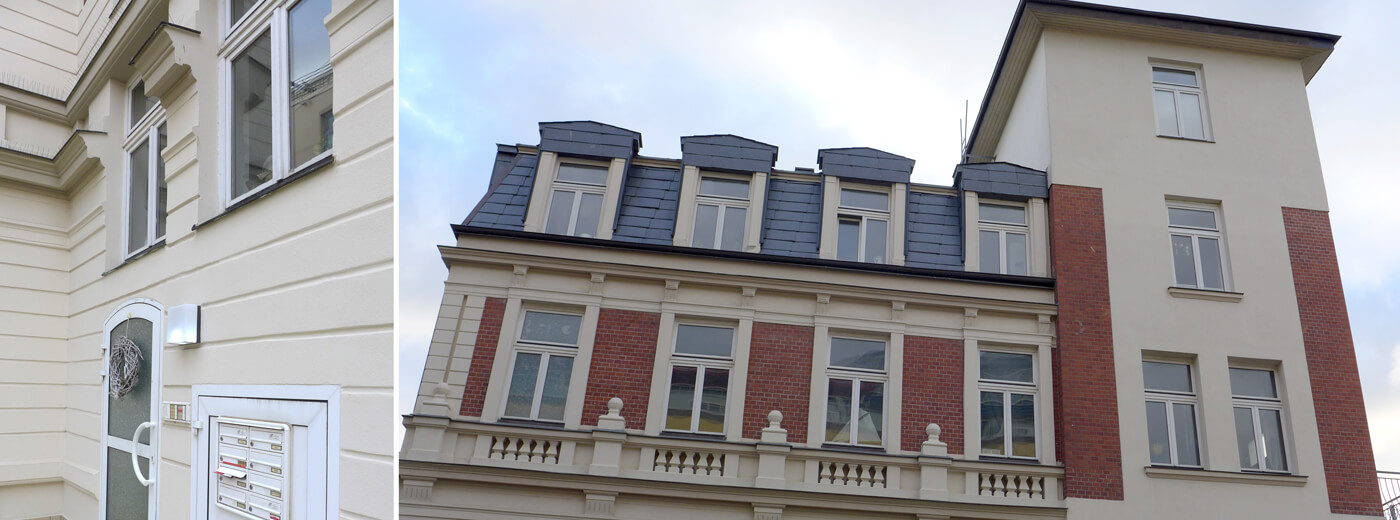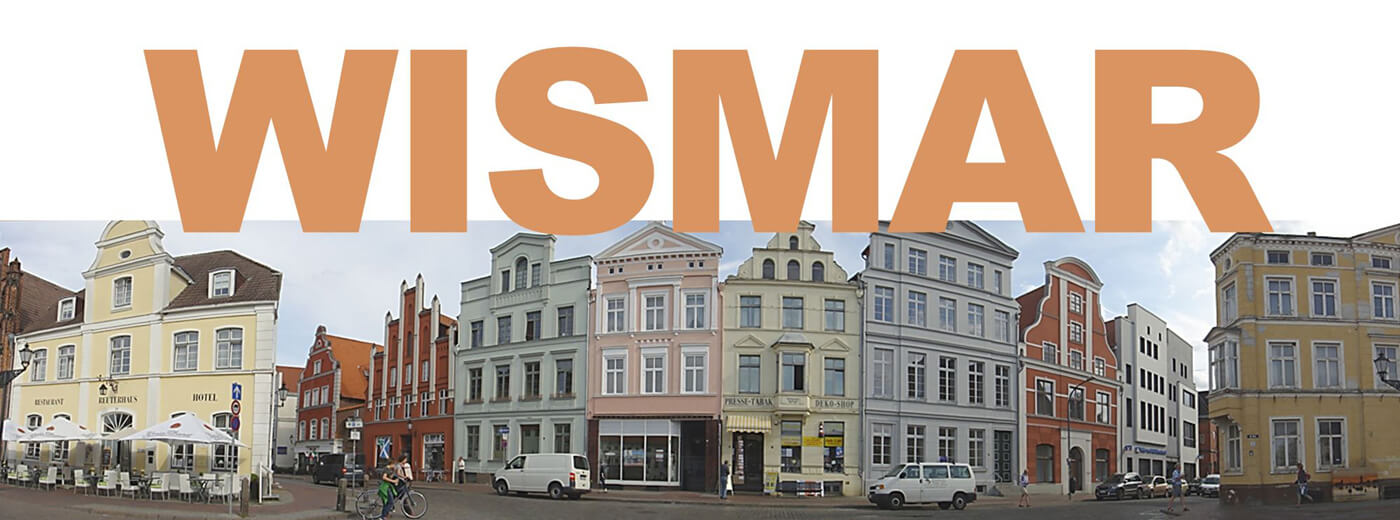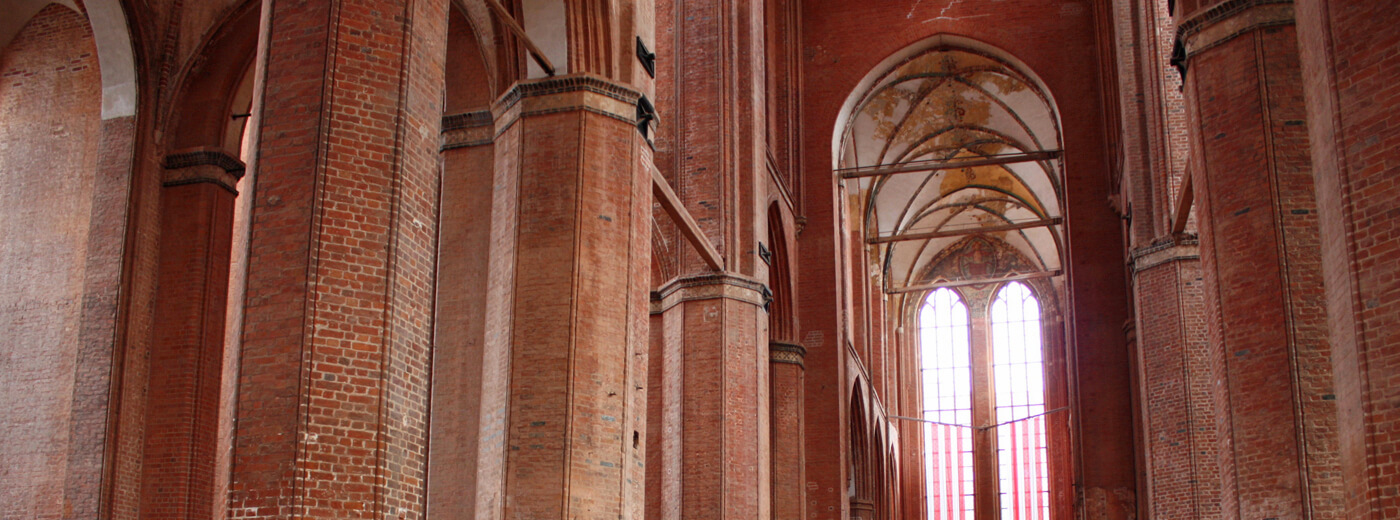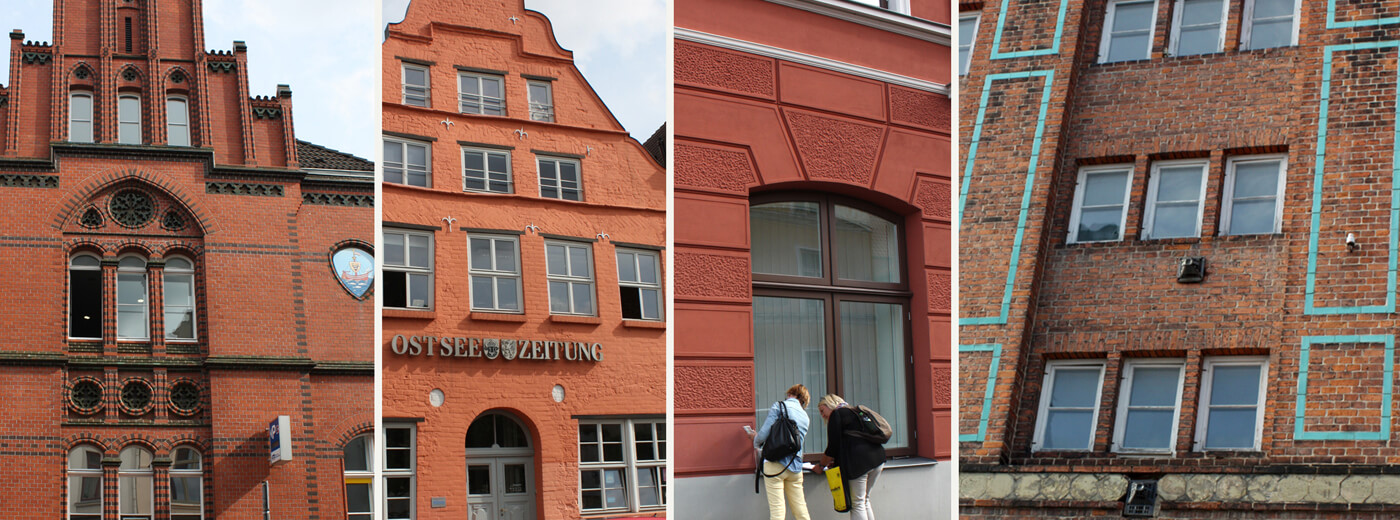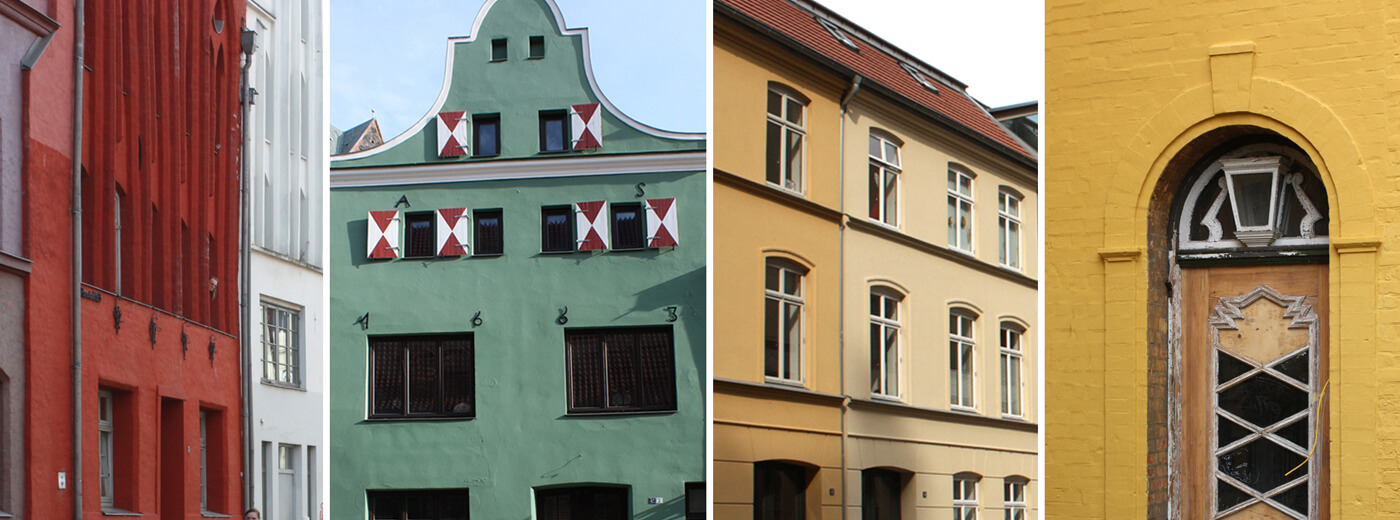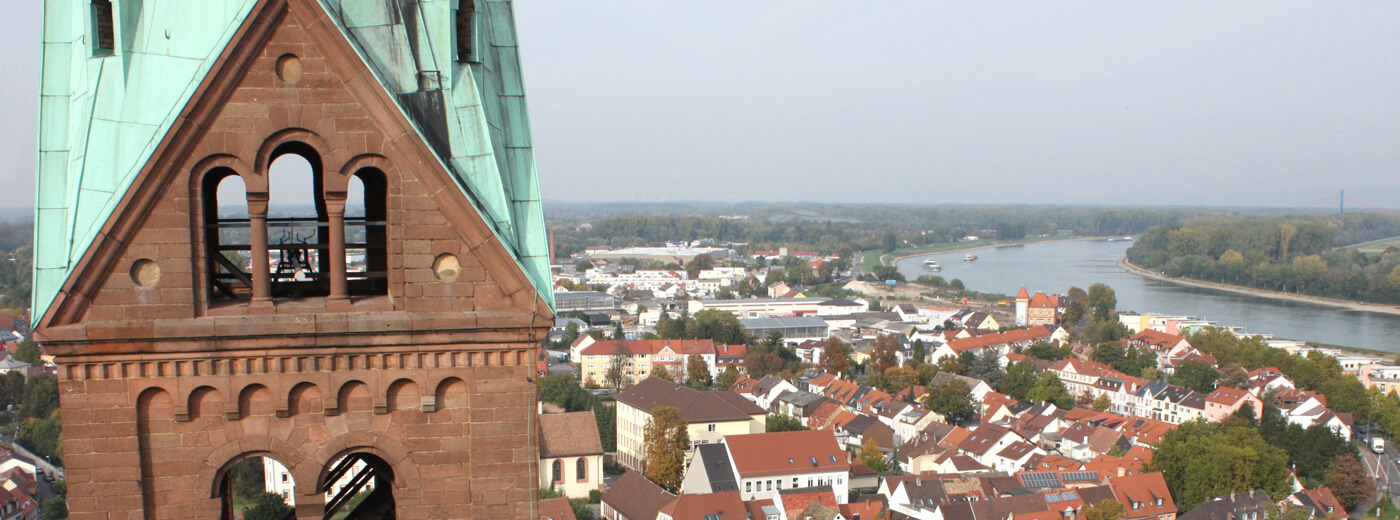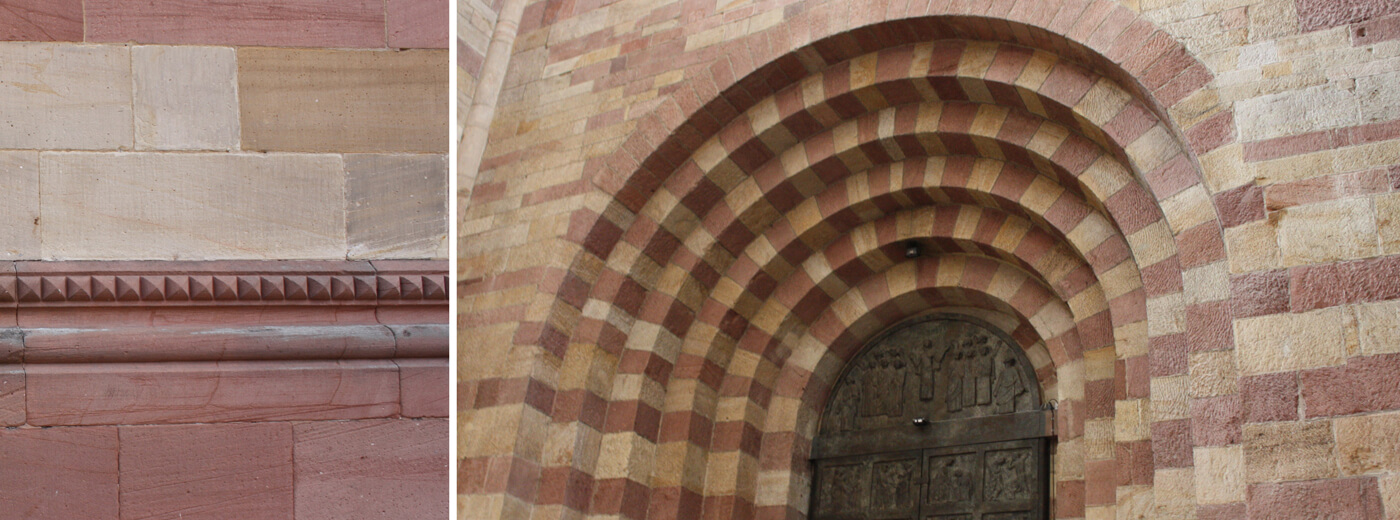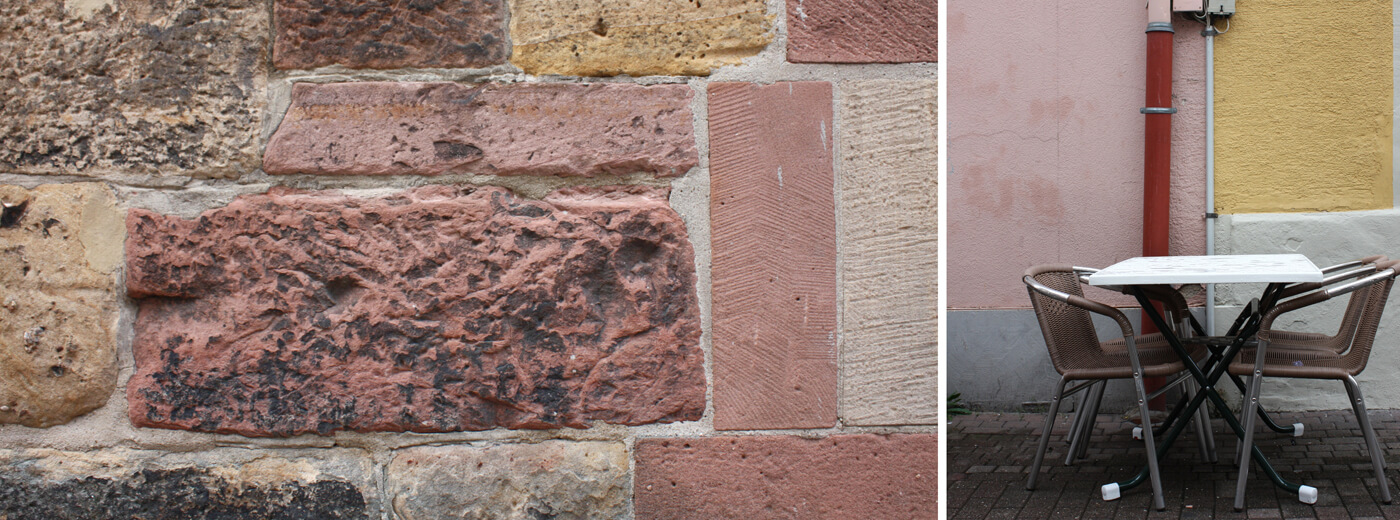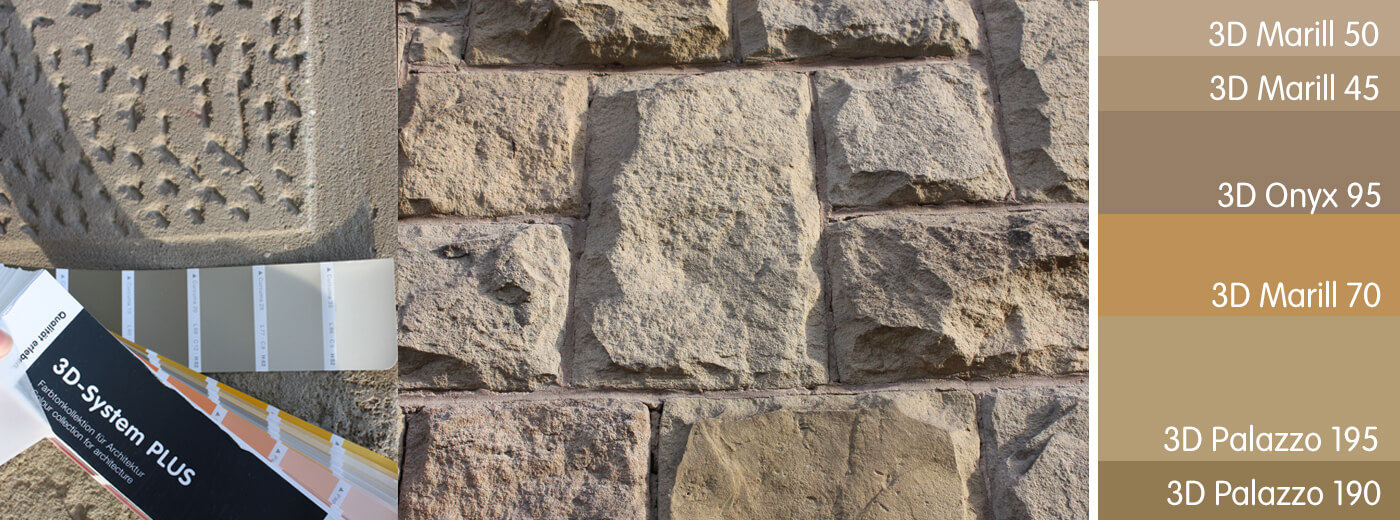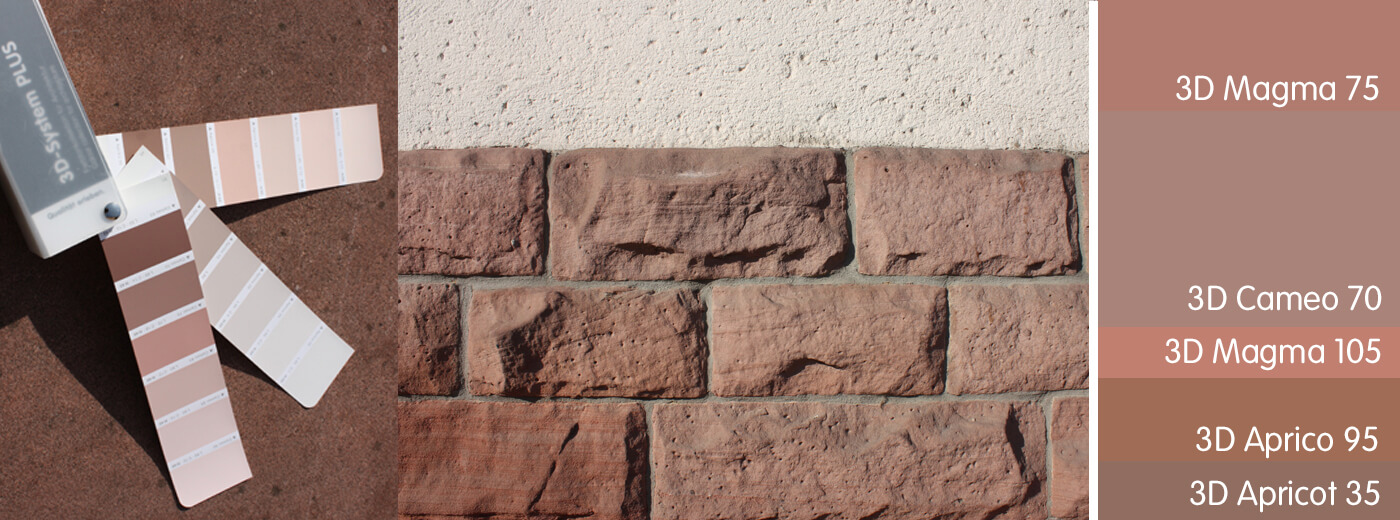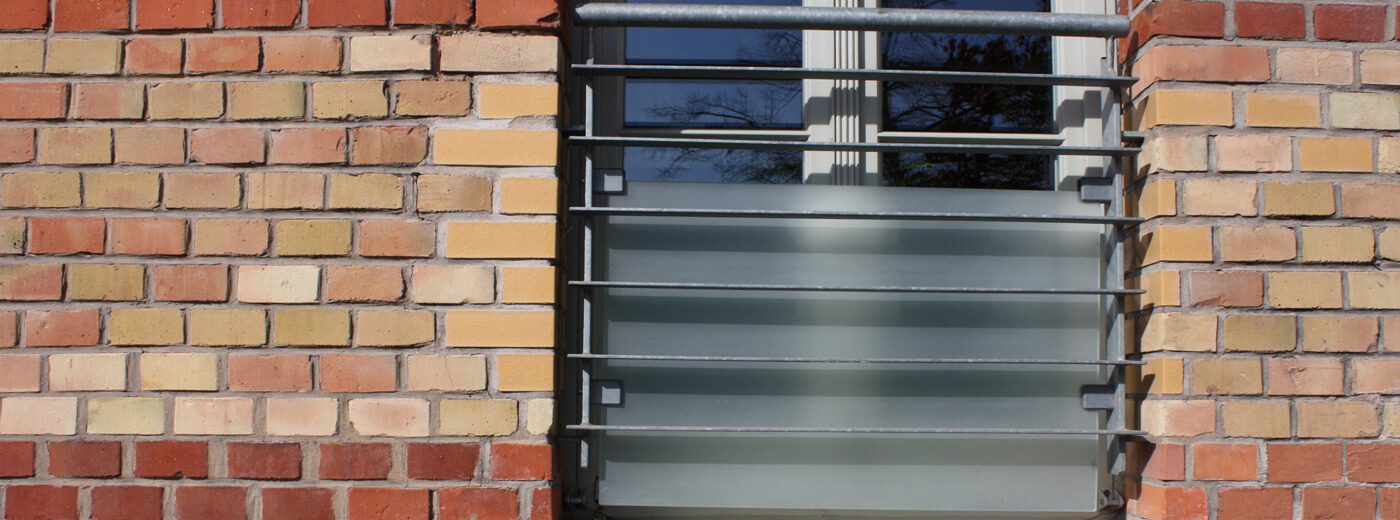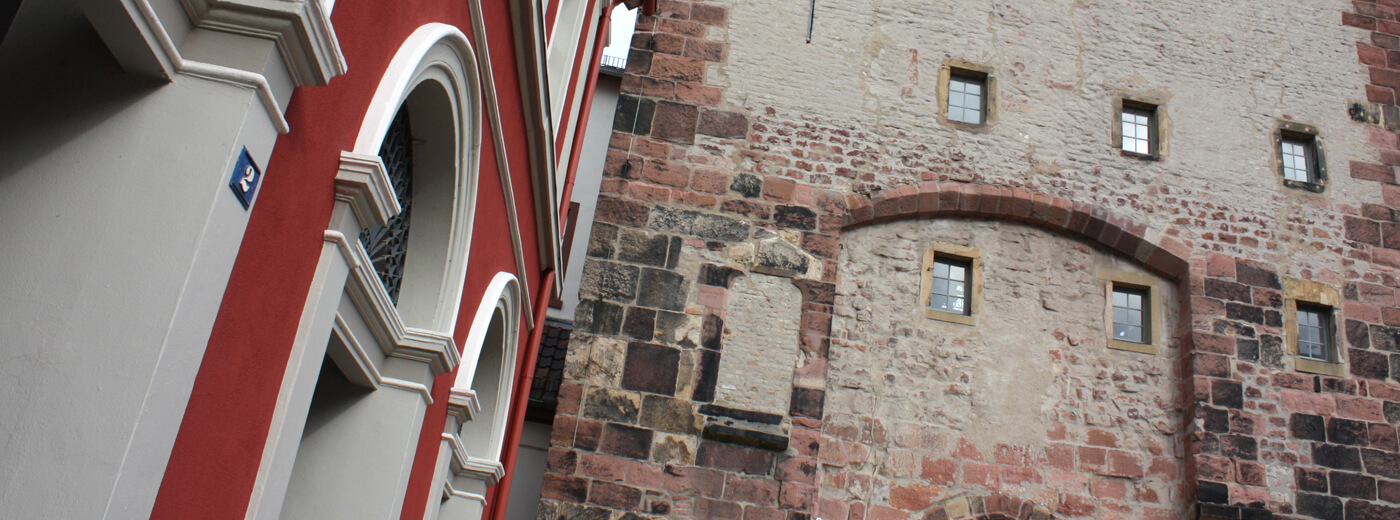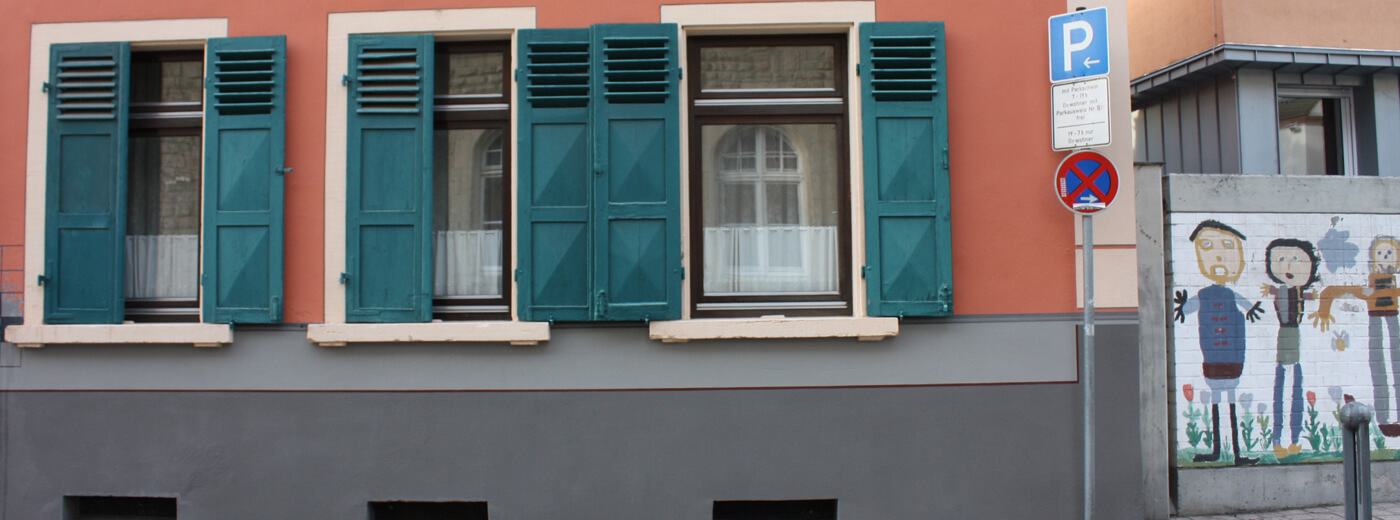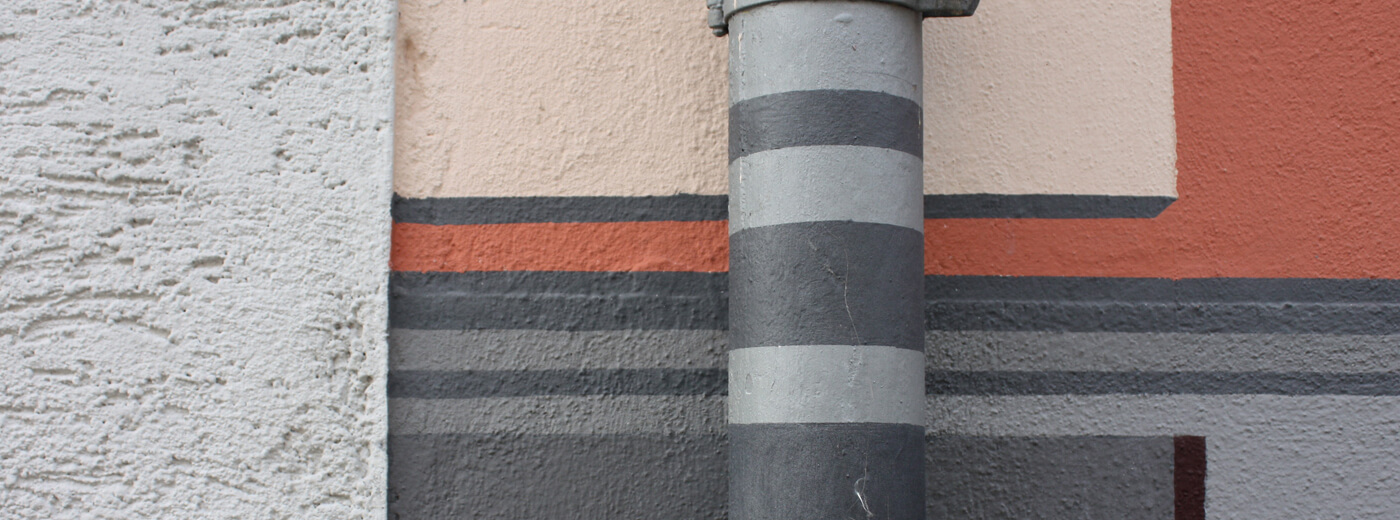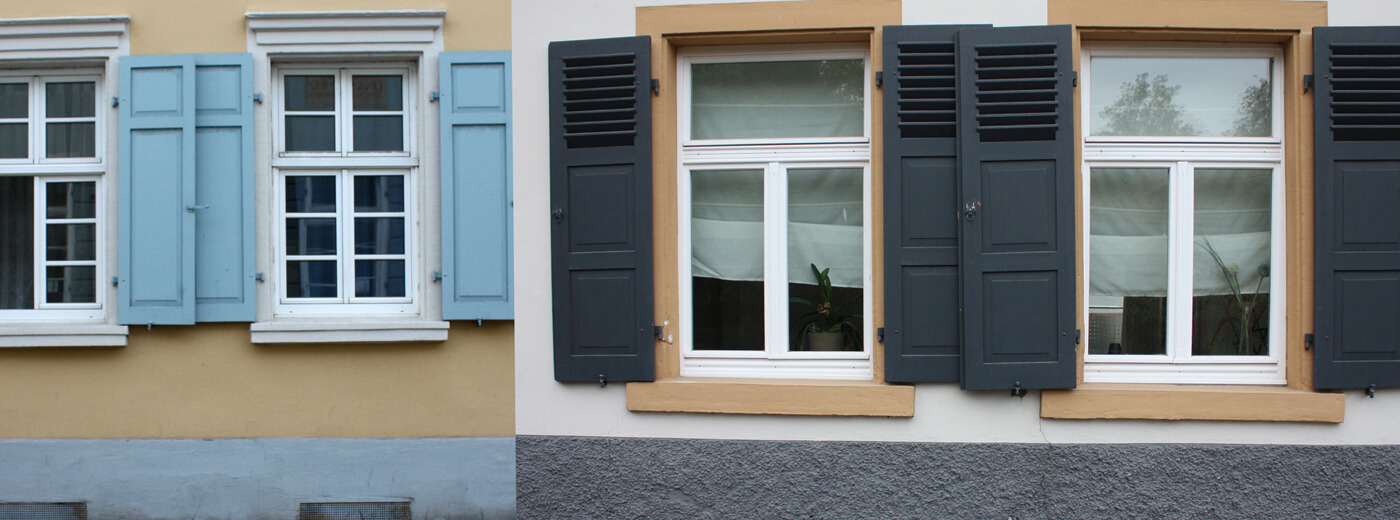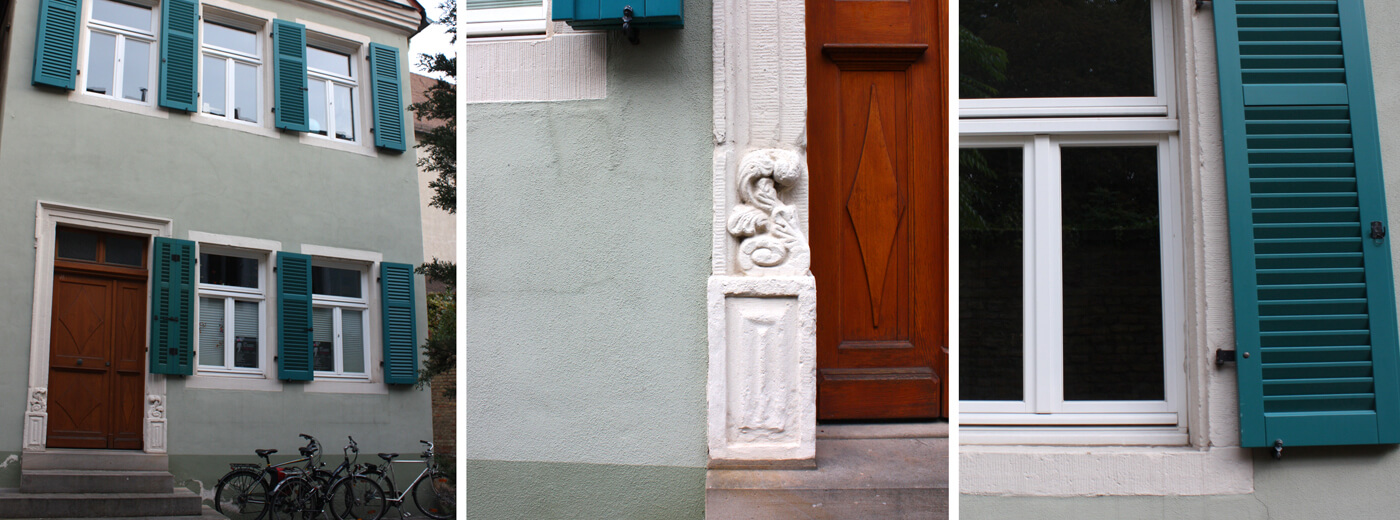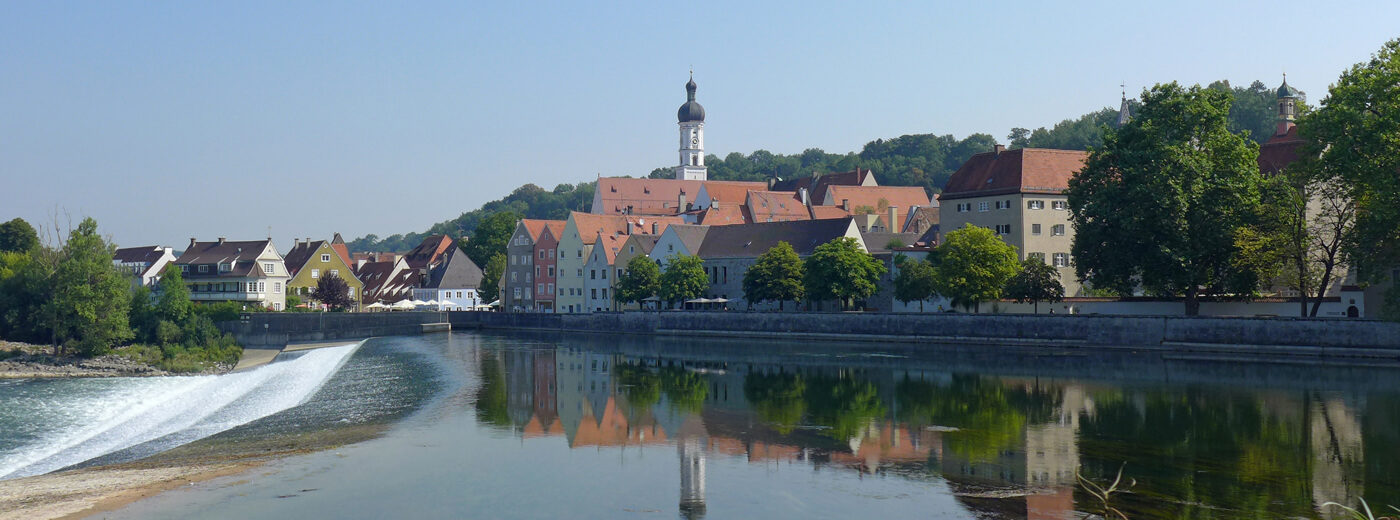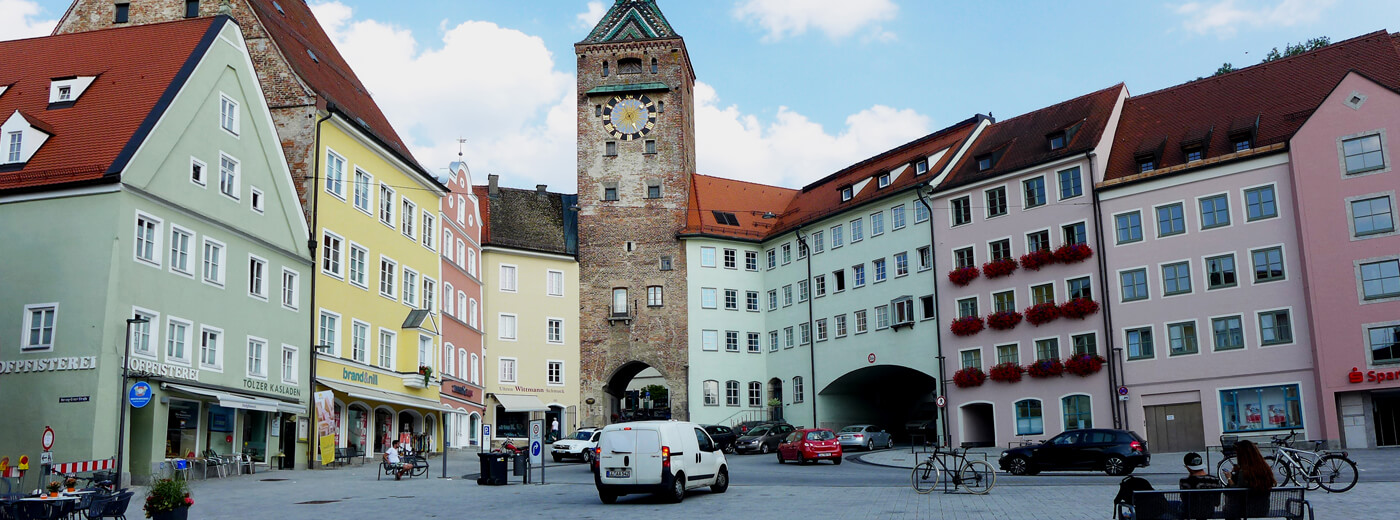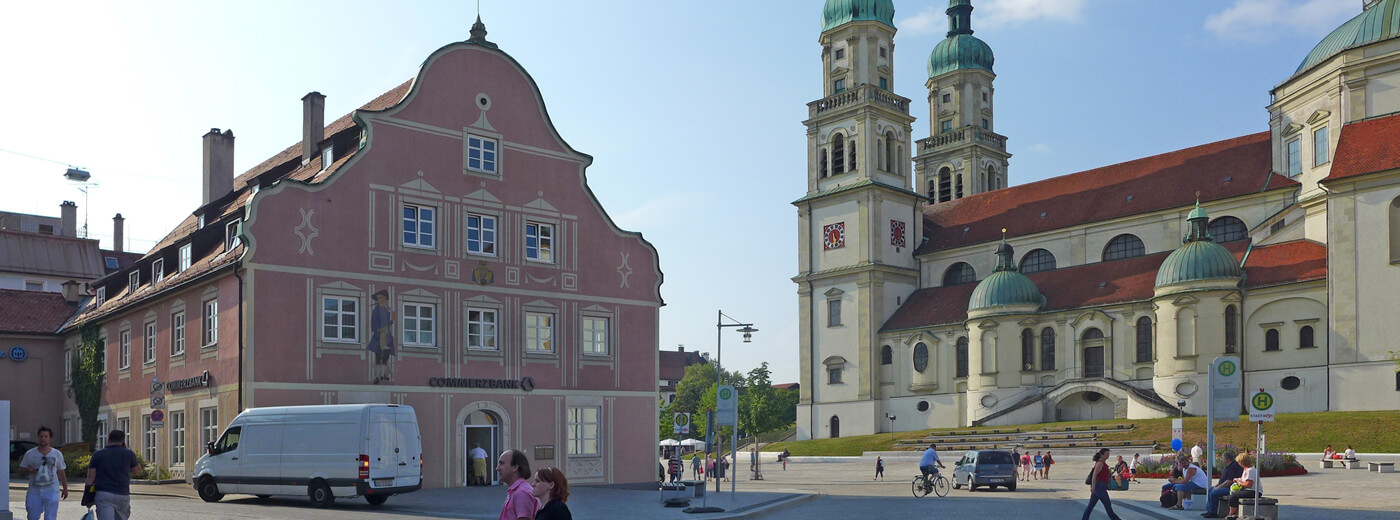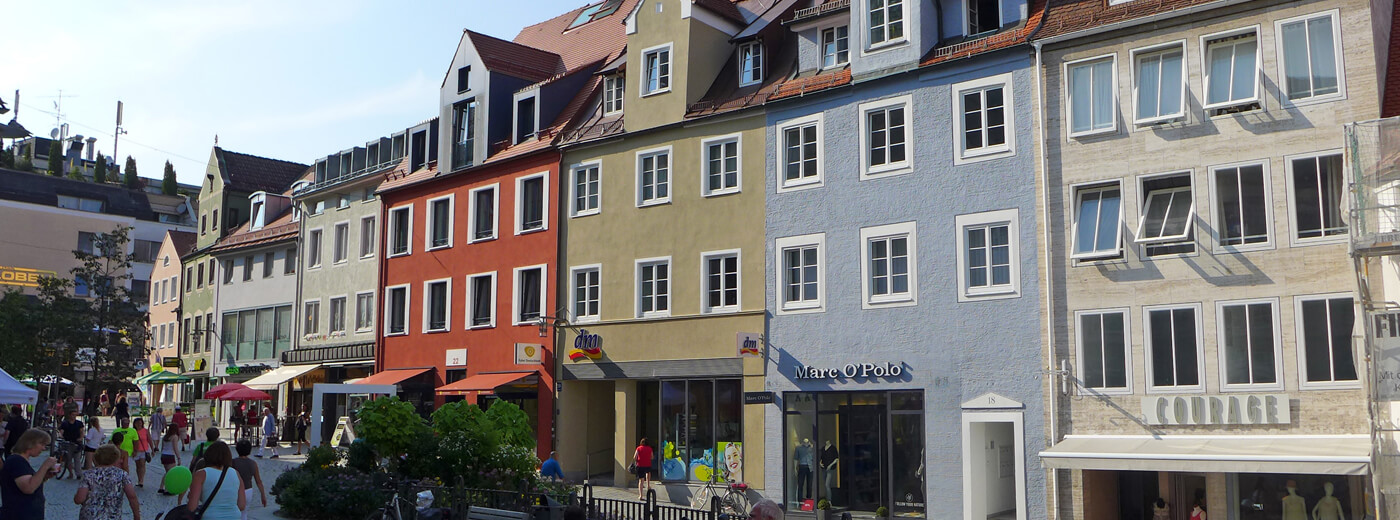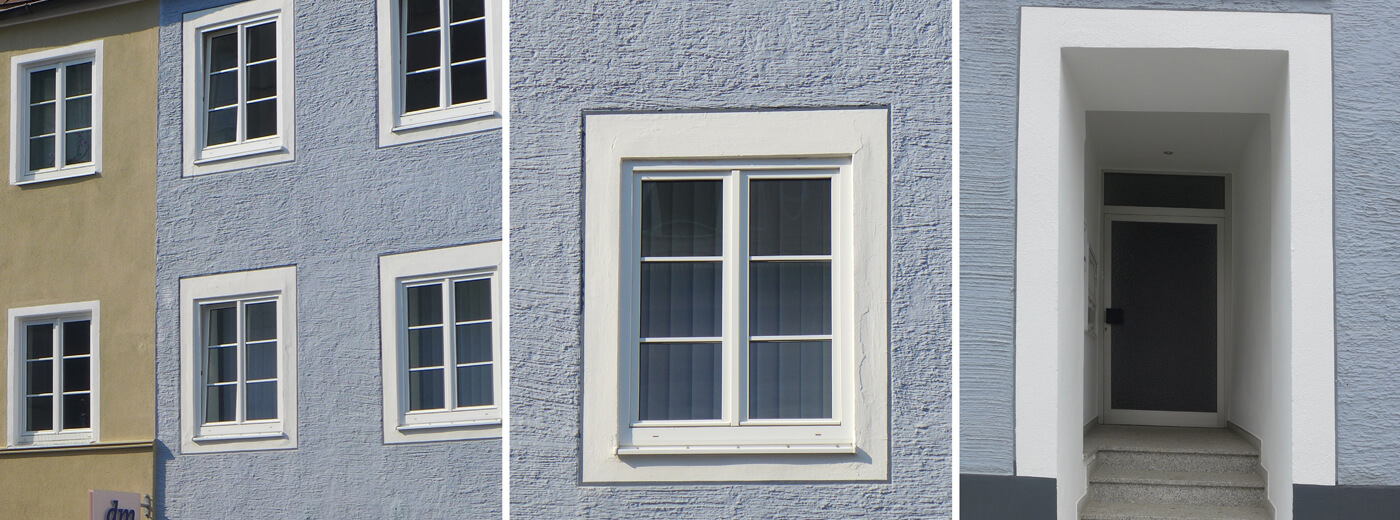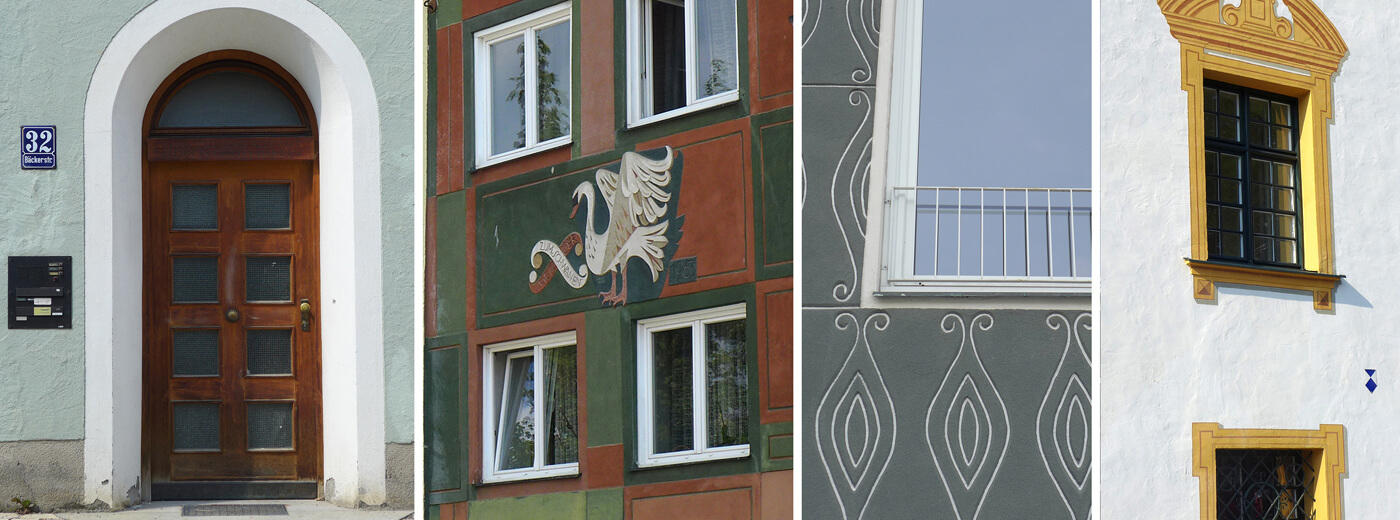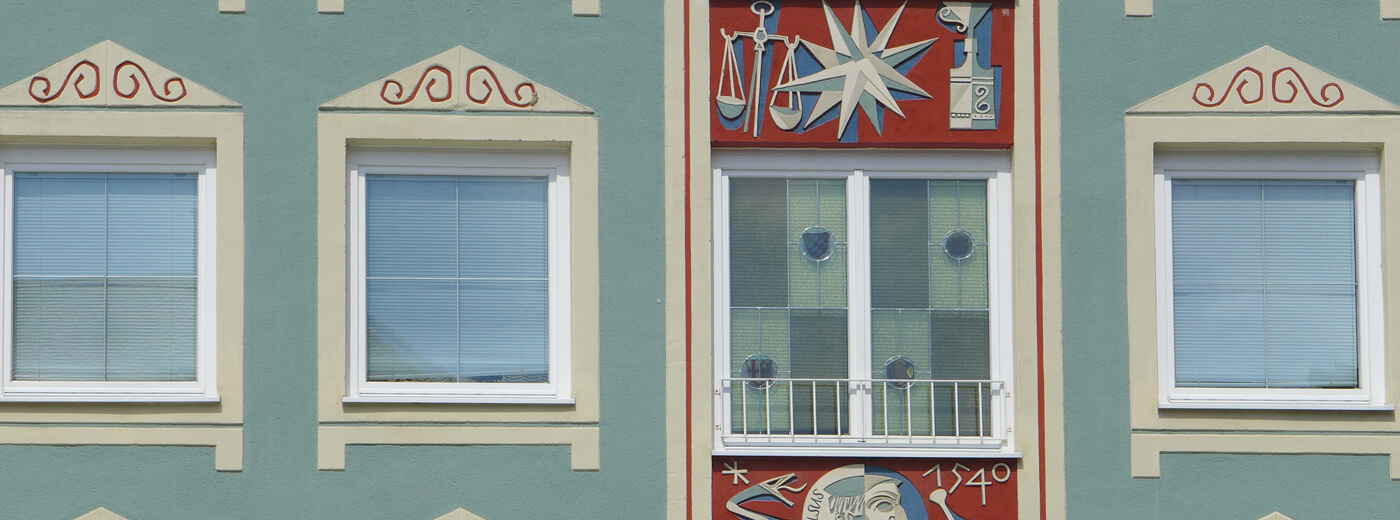Colour Research Vol.2
Tracking down Germany's colour DNA
An excursion into regional colours
A characteristic feature of Germany is its versatility. In addition to climatic conditions, the typical light, the landscapes with their vegetation, naturally available raw materials also characterise the local colours. A wide variety of atmospheres can be experienced from north to south. Cities and regions have typical individual colour shades that create this certain atmosphere and identity.
In the search for colour identity, we study how colour is dealt with in architecture in Germany. Which colours are dominant? How are colours combined? Are there still regional colours in a globalised world? And if so, do they still play a role? In a first step, we examined 3 German regions. We identified clear regional differences and characteristic individual colour shades. Research in other areas is already planned for the next year.
The procedure of colour scouting is always the same: First, our colleagues use their background experience to research what they consider to be typical colouration in their area. In addition, experts from the City Planning Office, the Monument Preservation Authority and the field service are involved. Equipped with this preliminary information, the experts of the Caparol ColorDesignStudio then go on site to search for corresponding colours. With this Colour Research, colour nuances, materials and surfaces of facades are recorded and documented accordingly.
The colour shades presented here have thus been determined empirically on trips and represent only an excerpt of the overall picture. The explorations of the Caparol ColorDesignStudio are not about statistics, but about impressions that should raise awareness and inspire. The collected knowledge is incorporated into the daily design and consulting activities, as well as into the Caparol colour fans.
Region NORTH – From Schwerin to Fischland

The Baltic Sea - endless expanses... wind, water, red brick, sand, and some white! The old Hanseatic League sends its regards! The high-contrast colouring of the facades is striking. Bright varnish shades from shipbuilding are sometimes also used ashore, e.g. for windows and doors. Vibrant, often dark varnish highlights animate the facades.
The bricks of the facades range from light yellow-orange shades to deep red sintered bricks. However, the red brick typical for northern Germany prevails and appears in many variations, sometimes as real brick, sometimes painted over in red or also complemented with glazed accent bricks. Also typical is also a mix of plaster facade and red brick. In the streets and cobblestone alleys, however, there are also colourful plaster facades. Hanseatic gabled houses with plaster facades in traditional and freshly renovated colours can be seen on the market square.
Region CENTRE – Speyer and Surroundings

Speyer - imperial city with a beautiful cathedral and pretty facades from various architectural eras. The characteristic colouring of this largest Romanesque cathedral extends through the entire city with a pronounced will to design: soft contrasts, earthy shades and many combinations of red and yellow dominate the streetscape. Even brick facades feature a striped mix of red and yellow.
The existing yellow sandstone can vary greatly in colour shade, both in terms of brightness and saturation, as well as in colour angle. The colour range extends from golden ochre to greenish and brown nuances. The yellow sandstone hue is strikingly often combined with shades of blue: sky blue, grey blue or dark night blue.
Red sandstone is often used as a base or for walls and window reveals. Typical colour combinations with red sandstone surrounds of the windows are shutters painted in greenish ocean blue.
Region SOUTH - Kempten and Landsberg

The further we move south, the more diverse are the colours and their interplay. Here, the nuances range from vibrant warm red, apricot and delicate pink hues to warm yellow shades to intense green hues and greyish blue. Hues of greater saturation as well as delicate pastel hues form a colourful coexistence. In Kempten, there are also many historic facades with decorative paintings.
In southern Germany, facades are not only painted, but often further embellished with special plaster techniques, "Lüftlmalerei" (fresco painting) and sgraffiti. The window border in particular is highlighted by coloured surrounds - painted on, plastered or put on, with scratches or other decorations.
With the design software Spectrum_express you can try out the colours on sample facades! A large selection of colour nuances especially for the design of architecture is provided by the colour fan 3D-System Plus.
Further information on the procedure and colours of other European countries can be found here:
ColourResearch Vol 1
More about ColourResearch Germany:
Photo collage Cities
Bachelor thesis
Colourful front doors Darß





